Wood ash has many excellent properties and is very helpful for plants. They have quite a lot of properties that help plants to grow faster and also to thrive. But not all plants can benefit from them. So, if you are looking for plants that like Wood ash, you can check the list mentioned below.
Plants That likes Wood Ash
Basil
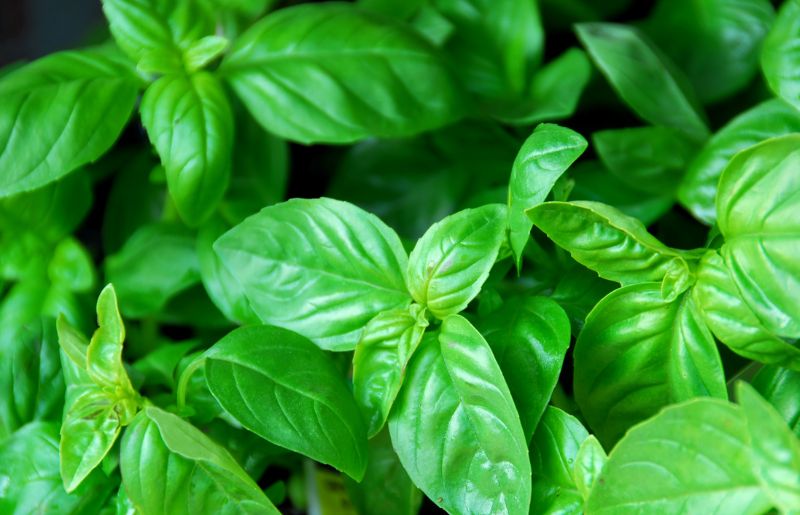
All herb gardens need basils as they are very fragrant. Basil loves acidic soil and benefits the most when the pH of the soil is high. Wood ash benefits them as it increases the pH of soils. A pH of around 6.5 is the best for Basil, and beyond that would become harmful for them.
Asparagus

Asparagus is a part of quite a lot of dishes all around the world. They have a high tolerance for alkaline soils, and wood ash is a perfect fit for these plant types. Putting asparagus over the topsoil would be very helpful as the nutrients gradually leach down and become accessible to the roots.
Common Sage
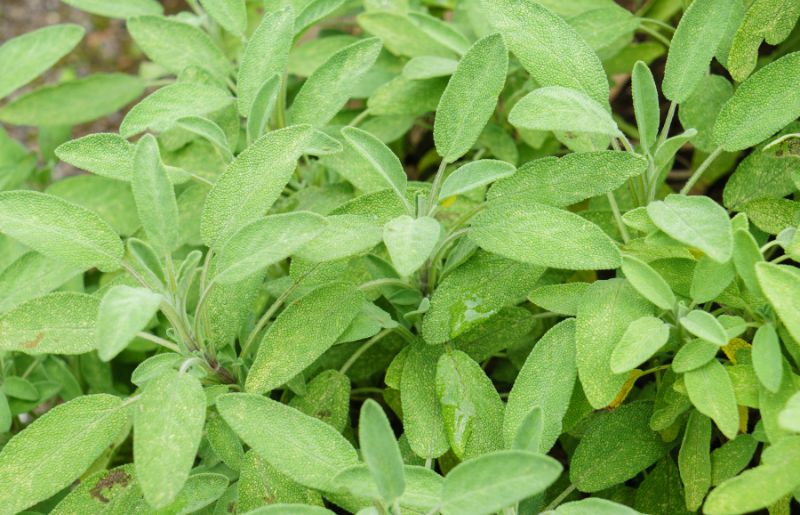
Common Sage is a perennial herb, which ashes quite a lot of great varieties. It is greenish grey. This plant love soil that is strongly acidic to slightly acidic soil. To increase the pH of your soil, you can mix wood ash with it. Besides that, wood ash also increases higher flowering and seed production rates.
Tomato
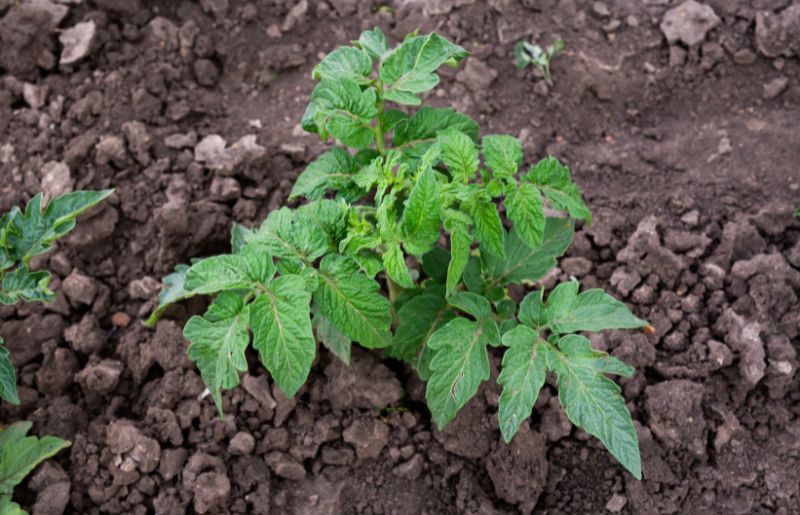
Tomatoes greatly benefit from wood ash. Most wood ash compositions contain dominant and trace components that help tomatoes avoid becoming calcium-deficient as they mature. Tomatoes love slightly acidic soil and are less likely to absorb nutrients from very acidic substrates. The best time to add wood ash to tomato plants would be after excess moisture has evaporated.
If you are looking for plants that give Oxygen at night, then here are the Plants Giving Oxygen at Night.
Lavender

Lavender is the source of most essential oils. They prefer slightly acidic soil, and liming agents can be used to raise the pH of acidic substances. Wood ash might not be as good as liming agents, but they have many uses. Adding wood ash to the soil yearly would do wonders for lavender plants.
Garden Phlox
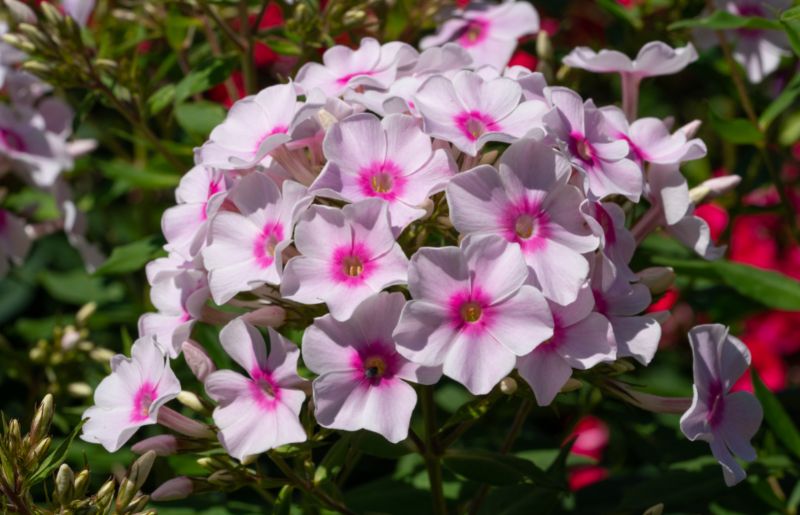
Garden Phlox is a type of plant that seems like something out of a fairy tale. These are short plants that reach a maximum height of 3 feet and can bloom quite densely. Phlox love acidic soil, and applying wood ash to their soil will produce beautiful results. Woods ash also increases the longevity of the flowers.
Roses

Roses are the type of flowering plants that needs acidic soil to thrive. The ideal soil pH for these plants would be 6.0 to 7.0, and any more than that would kill the plants. Wood ash needs to be added to the soil of these plants only when they are at the peak of their growth.
Bigleaf Hydrangea
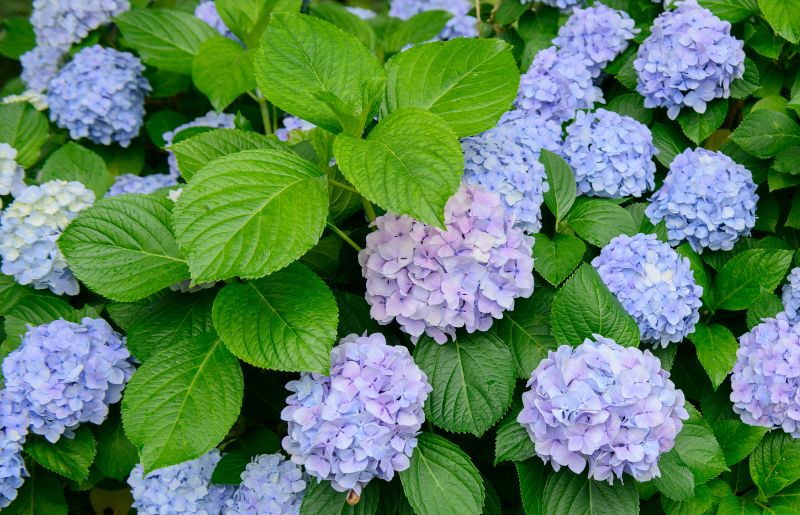
These are flowering plants that produce Blue colored flowers, and the color of the flower is affected by the pH of the soil. If the pH of the soil is slightly higher, then there is a chance that they will produce flowers in pink or red.
Sweet Cherry
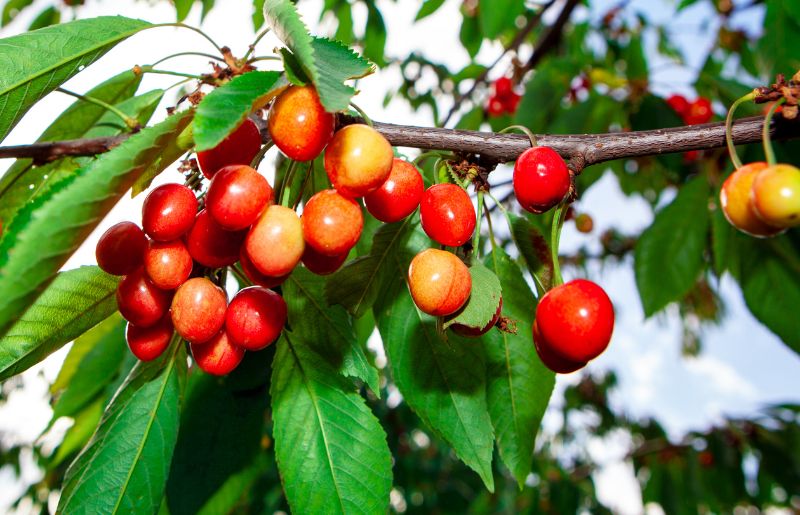
Sweet Cherry trees are plants that love acidic soil with a pH of 6 to 7. The production of fruits by these trees is greatly affected by the pH of the soil. So, if the pH of the soil drops, adding Wood ash will bring it back to the necessary state.
Arugula

These plants are bitter but have high nutritional value. They are used quite often in continental dishes and pizzas. Wood ash is beneficial as it helps these plants is thriving.
Do you know how to trim dead plant leaves? Read How To Trim Dead Plant Leaves (do it the right way!)
Are Ashes Good for Plants?
Wood ash includes minerals that can aid in plant growth. Calcium is the most frequent plant nutrient found in wood ash, accounting for a sizable portion of its total. Another typical component of wood ash that is essential for plants is potassium. Aside from its nutritious richness, wood ash can aid in neutralizing soil acidity. Carbonates are created in large quantities when the wood is burned. Carbonates react with and neutralize the acid in the soil, raising the pH.
When And How to Use Wood Ash on Plants?
The best time to use wood ash on plants is during the whole duration of winter and also in the early spring.
Before you start using the wood ash, make sure to remove all the large chunks of charcoal. Do a soil fertility test before you start, as this will help you understand the amount of wood ash necessary. This is because applying excessive nutrients can lead to nutrient deficiency.
Choose the plants to which you want to apply wood ash. Now start spreading the wood ash evenly to the area that needs to be treated. Doing this in winter is highly recommended, but you can also do this in the early spring. Make sure not to do this on windy days, as the wind can easily carry away wood ash.
While applying the wood ash, use a spade or rake and put it over moist soil. Also, use gloves, masks, and goggles to avoid any sort of interaction of wood ash to skin.
Is your Pothos not rooting? Read Why My Pothos Is Not Rooting
Should I Add Ash to Compost?
You can add wood Ash to compost, which is a great way to help your plants. The best way to do that is to mix the wood ash with a mixture of leaves, manure, and kitchen saps. You can also add a bucketful of wood ash to a compost heap. Also, make sure to stir or turn around the compost, as this will aerate the compost and increase the decomposition rate.
Wrap Up
So, there you have it. These are some of the plants that love wood ash. Hopefully, this has been of help to you. If you are aware of other such types of plants, then feel free to leave them below.

Leave a Reply